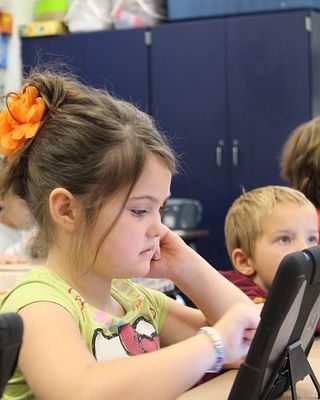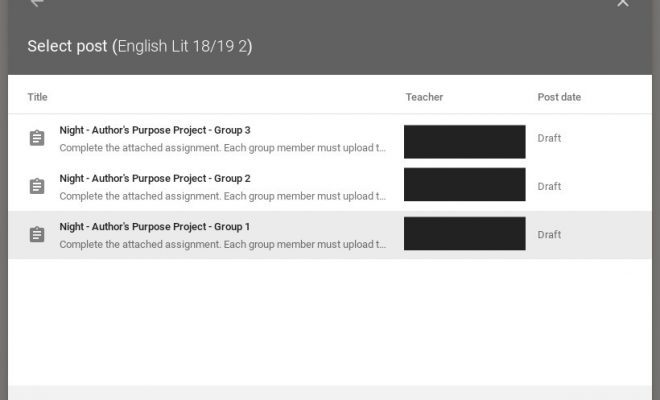4 Powerful Ways to Use Games in eLearning

Learning games provide greater benefits than passing the time in class or entertaining students to keep them occupied.
Experienced teachers know that using games in the classroom can invigorate interest in learning, so why wouldn’t eLearning incorporate using gaming in digital courseware and learning tools?
Learners who participate in instructional games have improved their performance scores by as much as 30% and increased their confidence by 20%, likely because of the motivation and engagement games produce. In short, gaming in the classroom improves overall retention by 17%. Not only are learners more engaged and better motivated to learn, but they also are more likely to remember what they’ve learned.
Games have specific purposes in instruction. Incorporating games at specific instructional points in eLearning can augment the instructional program, and here are four ways to do it:
- Activating prior knowledge
Playing games in eLearning can activate a student’s prior knowledge by using adaptive branching to ascertain competency and need. When students can prove what they already know, they can make deeper connections while learning new material.
- Intervention
When digital learning programs identify that a student is having challenges mastering the content, intervention games can close the gap. The game makes review fun, and the student is less likely to feel penalized for not knowing a concept. The best games make use of adaptive branching, adjusting to playing level.
- Enrichment
Not all students learn the same way. Some learn through tactile and visual methods rather than just auditory methods. eLearning games can incorporate a variety of enrichment techniques such as videos, audio, and text, By using games in eLearning, edtech designers can present content through a variety of modalities. The multi-modal approach in gaming ensures mastery learning.
- Reinforcement
Individuals can work on their skills on their own when playing games, but multi-player games increase the fun in gaming through collaboration and competition. Top programs include opportunities to improve personal scores and compete against classmates as well. In addition, many students enjoy earning badges and certificates, and they like being recognized for mastery levels.
Games allow for measurable results that gauge student performance. The digital programs give students immediate feedback on their progress, and they can present a performance overview.
Games in eLearning provide the experiential practice learners need, and they also measure success. By identifying objective mastery and engagement time, game results give students and their teachers the data they need for determining next steps of action.





